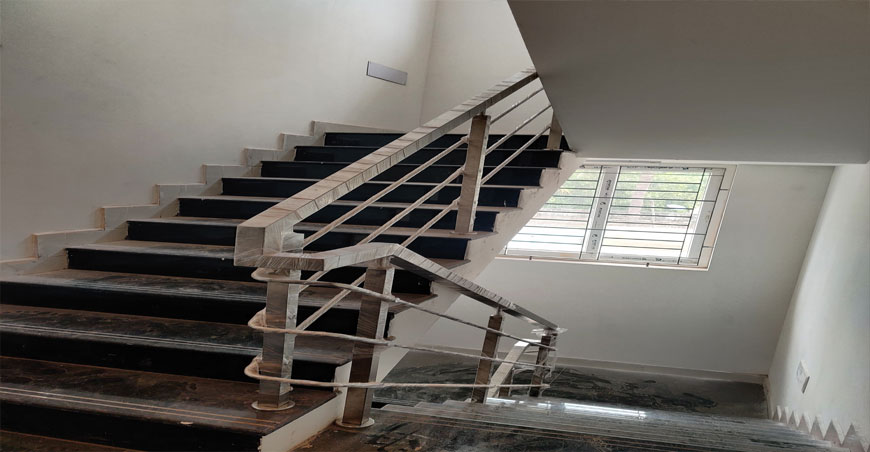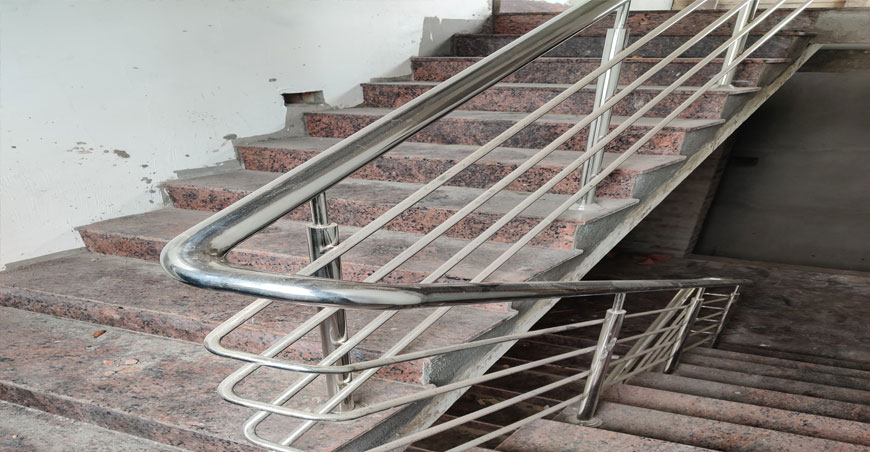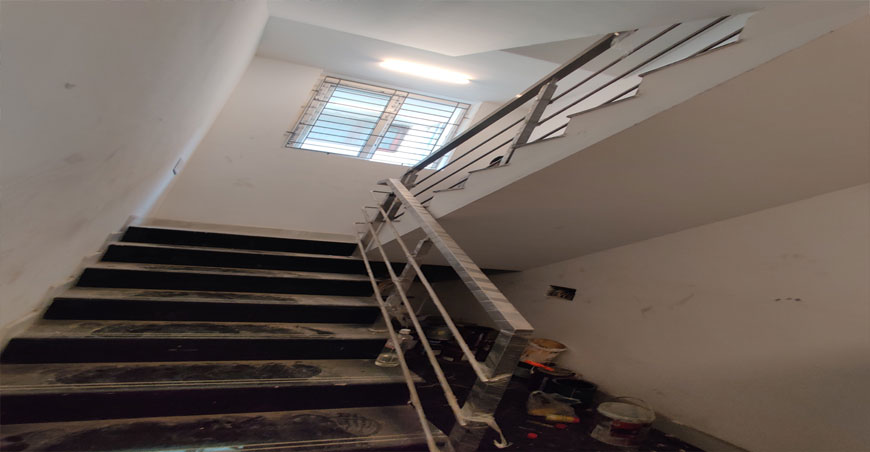Staircases are more than just a functional component of a building; they are an integral part of its architectural character. In recent years, stainless steel staircases have emerged as a popular choice in both residential and commercial spaces due to their unique combination of durability, aesthetics, and versatility. This essay explores the various aspects of stainless steel staircases, highlighting their advantages, applications, and design possibilities.
One of the most significant advantages of stainless steel staircases is their unparalleled durability. Stainless steel, an alloy primarily composed of iron, chromium, and nickel, is known for its exceptional resistance to corrosion, rust, and staining. This makes it an ideal material for staircases, which are subject to constant foot traffic and exposure to various environmental elements. Unlike wood or iron, stainless steel does not warp, crack, or degrade over time, ensuring that the staircase remains structurally sound for decades.
Moreover, the strength of stainless steel allows for the construction of slender, yet robust, staircase components. This strength-to-weight ratio is particularly advantageous in modern architectural designs, where the emphasis is often on creating open, airy spaces with minimalistic structural elements. Stainless steel staircases can support heavy loads without the need for bulky supports, contributing to a sleek and streamlined appearance.
Stainless steel staircases are synonymous with modern elegance. The material’s sleek, reflective surface complements contemporary design trends that favor clean lines and minimal ornamentation. Whether polished to a mirror-like finish or brushed for a more subdued, matte look, stainless steel can be tailored to suit a wide range of aesthetic preferences.
The versatility of stainless steel also extends to its ability to harmonize with other materials. It pairs well with glass, wood, and stone, allowing architects and designers to create striking visual contrasts and sophisticated combinations. For instance, a stainless steel staircase with glass balustrades can enhance the sense of transparency and lightness in a space, while stainless steel paired with wood can add warmth and texture to an otherwise industrial look.
The adaptability of stainless steel makes it a preferred choice for custom staircase designs. It can be fabricated into various shapes and configurations, including straight, spiral, and cantilevered staircases. This flexibility allows designers to explore innovative and unconventional staircase designs that can become a focal point in any space.
In addition to its form, stainless steel can also be customized in terms of function. Handrails, balustrades, and treads can be designed to meet specific safety standards while still maintaining the aesthetic integrity of the staircase. This is particularly important in commercial settings, where safety and accessibility are paramount.
Stainless steel staircases are not limited to any particular type of building. Their durability and modern aesthetic make them suitable for a wide range of applications, from residential homes to commercial offices, public buildings, and industrial facilities.
In residential settings, stainless steel staircases are often chosen for their ability to enhance contemporary interior designs. They are frequently featured in homes with open floor plans, where the staircase serves as a visual anchor that ties together different levels of the living space. In commercial and public buildings, stainless steel staircases are valued for their strength and low maintenance requirements. They are commonly found in airports, shopping malls, and office buildings, where their ability to withstand heavy uses and maintains their appearance over time is particularly beneficial.
Sustainability is an increasingly important consideration in modern construction, and stainless steel staircases are an environmentally friendly choice. Stainless steel is 100% recyclable, and the production process for stainless steel has become more energy-efficient over the years. Additionally, the long lifespan of stainless steel staircases reduces the need for replacements, further minimizing their environmental impact.
The stainless steel staircase represents a perfect blend of form and function. Its durability ensures that it will stand the test of time, while its modern, versatile design capabilities allow it to enhance a wide range of architectural styles. Whether in a residential, commercial, or public setting, a stainless steel staircase is not just a practical necessity but a statement piece that adds value and aesthetic appeal to any space. As architectural trends continue to evolve, the stainless steel staircase is likely to remain a staple in contemporary design, embodying the ideals of strength, elegance, and sustainability.





